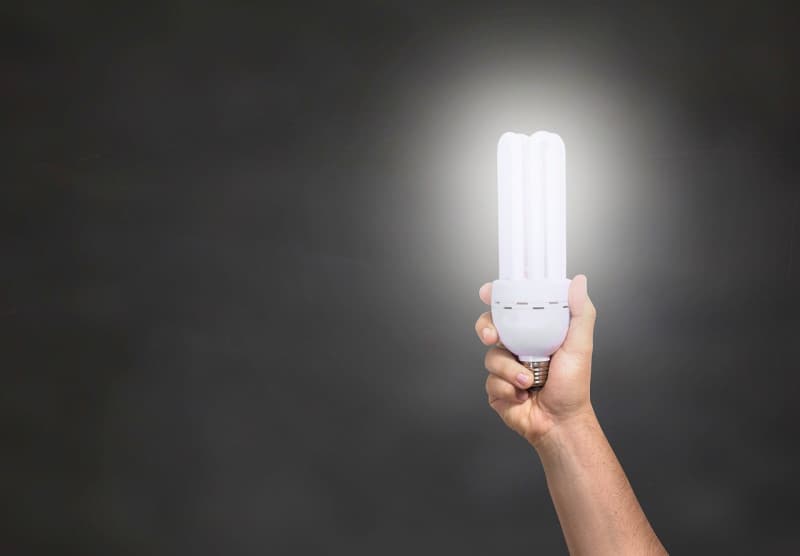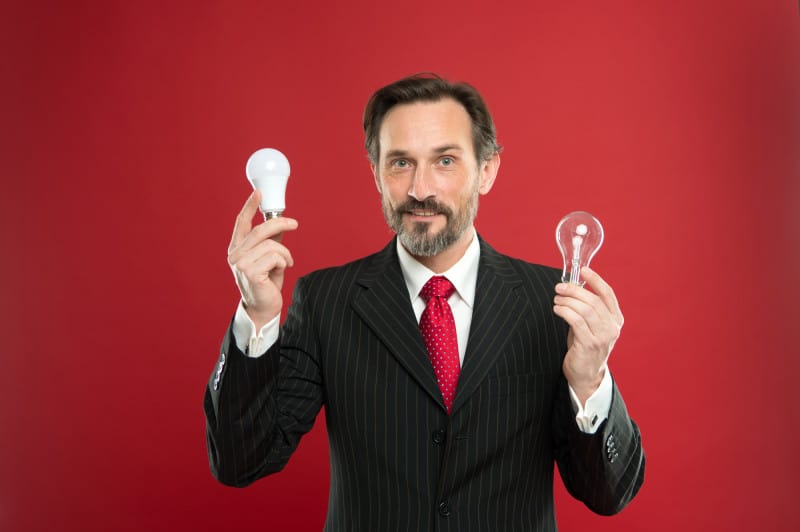We all know that energy-efficient lighting can help us reduce our carbon footprint and conserve energy.
But did you know that it can also play an important role in protecting biodiversity?
Energy-efficient lighting reduces negative impact on wildlife habitats. By using less light pollution, we can minimize disruptions to ecosystems and reduce the risk of harm to wildlife.
In this article, we’ll explore the impact of energy-efficiency on biodiversity and discuss some of the ways it can be used to protect species and habitats.
Understanding the Impact of Energy-Efficient Lighting
Have you ever stopped to consider the impact of energy-efficient lighting on our environment?
Energy-efficient lighting is a growing trend, with more and more people switching to LED and other forms of eco-friendly lighting.
However, this form of energy-saving technology has been linked to a phenomenon known as light pollution – the brightening of the night sky that can have devastating impacts on both human health and biodiversity.
Light pollution is having an increasingly detrimental effect on our ecosystem, negatively impacting animal migration patterns and threatening entire species that depend on darkness.
Dark skies are essential not only for nocturnal wildlife but also for migratory birds, who use stars and even moonlight to navigate their journeys across continents.
The artificial glow created by light pollution disrupts these navigation patterns, resulting in confusion, exhaustion, injury or even death.
The good news is that energy-efficient lighting does not have to be at odds with protecting dark skies.
While all forms of artificial light contribute to light pollution in some way, it doesn’t have to be overly damaging if managed correctly.
By using warm white lights rather than blue or white LED bulbs, we can reduce glare from certain fixtures while still reaping the benefits of energy efficiency.
With careful consideration of the type and placement of our lighting systems, we can help preserve dark skies without compromising on energy savings – a win-win situation for everyone involved!
Benefits of Using Energy-Efficient Lighting
I believe that using energy-efficient lighting can have a major positive impact on protecting biodiversity.
There are so many great benefits to be gained from replacing old lighting with more efficient options.
Not only will this help conserve energy, but it can also save money, reduce emissions and provide better quality of light.
One surefire way to benefit from using energy-efficient lighting is the cost savings you’ll get.
It’s estimated that businesses can save up to 75% on their energy bills by making the switch to LED lighting, which is one of the most efficient options out there.
This could mean a big difference in your bottom line and make a significant contribution to your business success.
You’ll also be helping protect biodiversity by reducing greenhouse gas emissions when you switch to energy-efficient lighting.
Lower emissions mean fewer pollutants released into the atmosphere, which helps keep our planet healthy and balanced over time.
In addition, you’ll be able to enjoy better visibility and improved safety since LEDs produce a brighter light than traditional bulbs, making it easier for people and animals to see where they’re going at night.
Benefits of Using Energy-Efficient Lighting:
- Saving Money:
- Lowering energy bills by up to 75%
- Reducing operational costs for businesses
- Reducing Emissions:
- Lowering greenhouse gas emissions
- Improving air quality for everyone
- Better Quality of Light:
- Brighter light for improved visibility
- Increased safety for people and animals
Switching from traditional bulbs to energy-efficient lighting makes good sense both financially and environmentally.
Not only will you be able to save money every month on your electricity bill, but you’ll also be doing your part in protecting biodiversity by reducing emissions levels around the world.
It’s an easy way that everyone can make a positive change in our environment today!
Strategies for Implementing Efficient Lighting
It’s no secret that protecting biodiversity is a cause near and dear to our hearts.
We want to help preserve the habitats of the wild animals and plants that call this earth their home.
That’s why energy-efficient lighting has become so important in recent years – it can help us conserve resources while preserving our planet’s delicate ecosystems.
Symbolically, energy-efficient lighting is like a beacon of hope for the future of our planet – it provides us with a glimmer of possibility that we can protect biodiversity without sacrificing comfort or convenience.
When it comes to implementing efficient lighting, there are several strategies and approaches we can take.
One popular option is to invest in green infrastructure, such as solar panels and wind turbines, which can generate clean renewable energy that helps reduce our reliance on traditional power sources.
Businesses and homeowners alike may benefit from having an energy audit performed, which can identify areas where energy efficiency improvements can be made – this could include switching to LED lights or investing in high-efficiency HVAC systems.
Living sustainably isn’t just about doing what we must; it’s also about doing what we can to make sure that future generations will inherit an earth they’re proud to call home.
Investing in efficient lighting practices is one way we all have the opportunity to make an impact – one light bulb at a time!
By taking small steps today, together we can create positive change for tomorrow.
The Role of Governments in Promoting Efficient Lighting
As governments around the world become increasingly aware of the importance of biodiversity protection, they are taking steps to promote energy-efficient lighting in their countries.
One way that governments can influence people’s decisions is through taxation and subsidies. Energy taxes can be used to increase the cost of energy-inefficient lighting and make energy-efficient lighting more attractive.
This is a great way for governments to encourage people to switch to LED lights, which use less electricity and last longer than traditional bulbs.
Green subsidies can be used to reduce the cost of purchasing energy-saving lightbulbs, making them even more attractive.
Another way that governments can promote efficient lighting is by introducing regulations or laws that require businesses or homes to use certain types of lighting.
For example, some cities have implemented regulations that require all new buildings must install LED lights when being built. These kinds of regulations help ensure that efficient lighting is used everywhere and helps protect biodiversity by reducing wasted energy.
In order for governments to effectively promote energy-efficient lighting, it is important for them to create education campaigns about its benefits as well as incentivize people to switch through taxation and subsidies.
By doing so, governments will not only help protect biodiversity but also save money on electricity bills in the long run.
The Role of Communities in Protecting Biodiversity
Having discussed the role of governments in promoting efficient lighting, it is now time to consider the contribution of communities in protecting biodiversity.
While governments have a vested interest in reducing energy consumption and emissions, communities can play an important part in providing green infrastructure to support wildlife and protect natural habitats.
Urban growth continues to put pressure on local environments across the world, with open spaces being sacrificed for housing and industry.
By investing in green infrastructure such as pocket parks, community gardens and rain gardens, citizens can help create habitat for wildlife while improving air quality and mitigating storm-water runoff.
Such initiatives also provide people with valuable outdoor spaces that are not just visually attractive but also beneficial for mental health.
Efficient lighting can be used to both reduce energy consumption and protect biodiversity.
By supporting these initiatives as well as implementing energy-efficient lighting measures at home or in businesses, we can all make a difference by helping preserve our planet’s precious resources for future generations.
Conclusion
It is clear that energy-efficient lighting can be a powerful tool in protecting biodiversity. By switching to energy-efficient lighting, we can reduce our carbon footprint by up to 80%.
This not only reduces energy consumption, but also helps protect the many species that inhabit our planet.
Though governments and communities have a role to play in promoting energy-efficient lighting, it is ultimately up to us as individuals to take the initiative and make the switch to sustainable lighting solutions.
Together, we can create a brighter future for ourselves and our natural environment.





